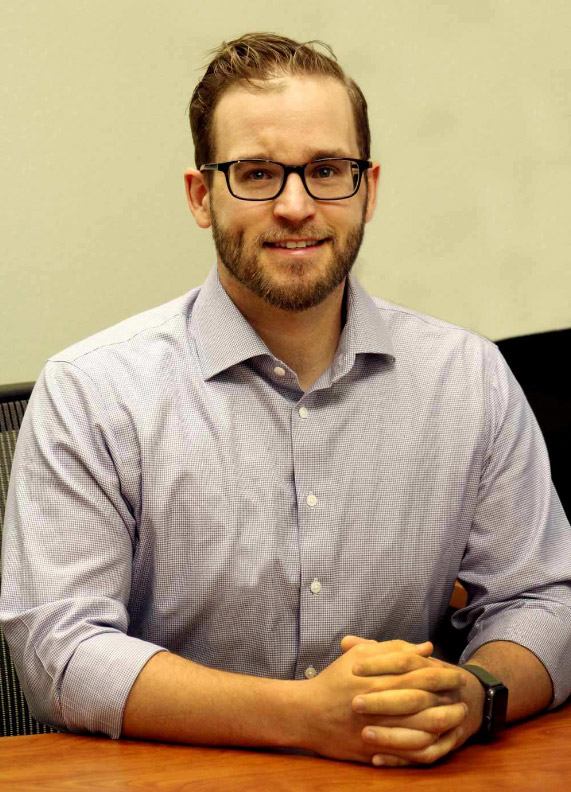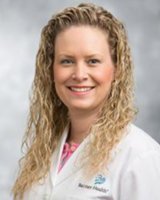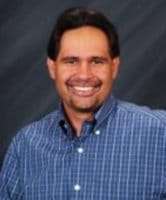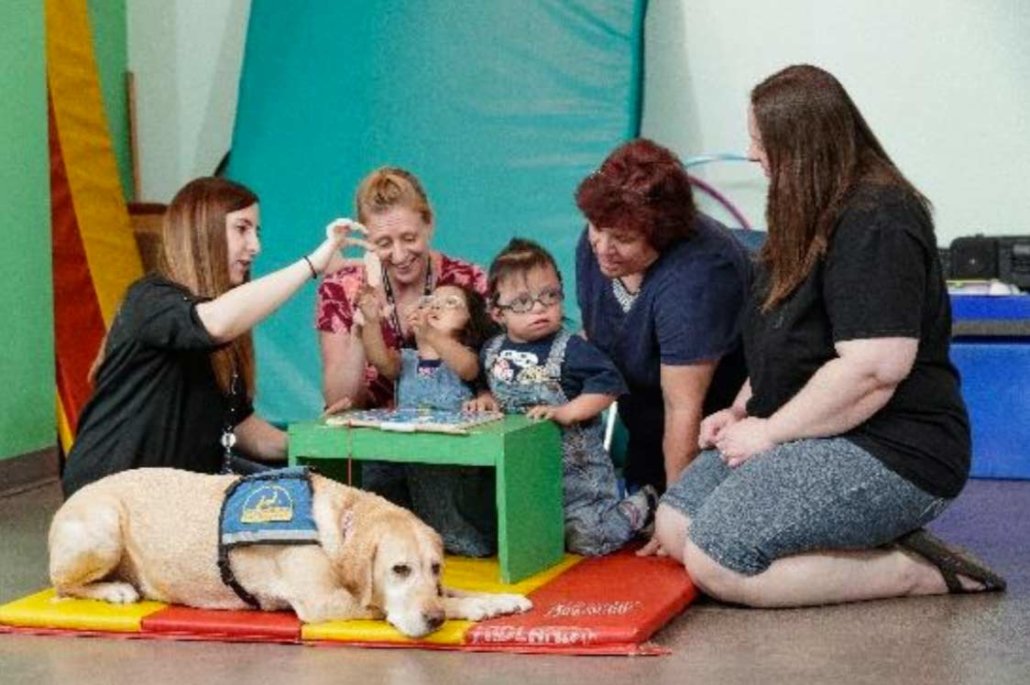Three Tips for Parents of Children with Differences
By Nicholas Tanner, PhD, Pediatric Psychologist at DMG CRS
PHOENIX, November 30, 2018 /AZLatinos.com/

Dr. Nick Tanner
As a parent of a child with health, developmental and/or behavioral differences, you become more than a parent- you are an advocate, a champion and your child’s loudest voice. Here’s three tips to help you and your child’s health and quality of life. And, never forget that your child’s care team at DMG Children’s Rehabilitative Services is here to support you every step of the way.
(1) Advocate relentlessly. Sometimes, your life may feel a little like it is “us against the world.” When parents have a kid with extra needs or differences, contentious situations and relationships can arise between parents and your child’s school, healthcare providers, and/or government agencies; never stop advocating as you know your child best.
As a pediatric psychologist, part of my job is encouraging parents to engage with these complex systems of care, help them navigate the procedural challenges inherent in these systems, and facilitate collaboration to help patients and families thrive. Although it’s important to have realistic expectations, the old saying is true- “the squeaky wheel gets the grease.” Families and parents who are persistent tend to be more successful in getting enhanced individualized and intensive attention. Though conflict can be uncomfortable, it’s important to be your child’s biggest champion; advocate relentlessly.
(2) Focus on the big picture. Parents can understandably get caught up in what their children’s
limitations are- right now-in the present. They may lose sight of the long-term goals and potential of their child- what’s really important. Part of my job at DMG CRS is helping parents and families identify and connect with their values. Most parents want their children to live vital and meaningful lives, and sometimes an extra need or illness can make it hard to see what’s important in the long run.
Identifying values is one way to help figure out the big picture. Values can act as a compass, providing direction and assisting parents to move from a place of “My child can’t do this,” “What if they fail?” or “My child will never….” to a more productive vision of possibilities. My goal is to help parents begin to ask, “What can my kid do now?” “What do I hope they’ll be able to do in the future?” and “How can we help them get there?” Think about the long-term vision for your child’s life and his/her possibilities; dare to dream and focus on what’s important.
(3) Take care of yourself. For good reason, many parents do not consider themselves or their well=being a priority or critical to their child’s outcome. On top of the already hectic demands of parenting, families of children with extra needs have additional financial and time requirements and/or strains. Many families I work with manage busy schedules that include juggling therapy appointments, doctor visits, school, parenting other children, and work.
Remember, there’s a reason the flight attendant tells parents to “put on your air masks before putting on your child’s air mask in the event of an emergency;” it’s impossible to help other people if you do not take care of yourself. Research shows that socially-isolated parents struggle to build fulfilling relationships with their children and are more likely to develop mental illnesses, including depression. It’s not “selfish” to take care of yourself; it is essential and necessary. So, go ahead and make that therapy appointment for yourself, get a pedicure, or meet up with some supportive friends. It might be one of the best things you can do for yourself and your child.
SOURCE AZLatinos.com



 In its commitment to providing coordinated care, DMG CRS also has primary care, dental, social workers, patient advocates, CRS enrollment specialists, child life and care coordinators and other services on-site to support patients and their families.
In its commitment to providing coordinated care, DMG CRS also has primary care, dental, social workers, patient advocates, CRS enrollment specialists, child life and care coordinators and other services on-site to support patients and their families.
